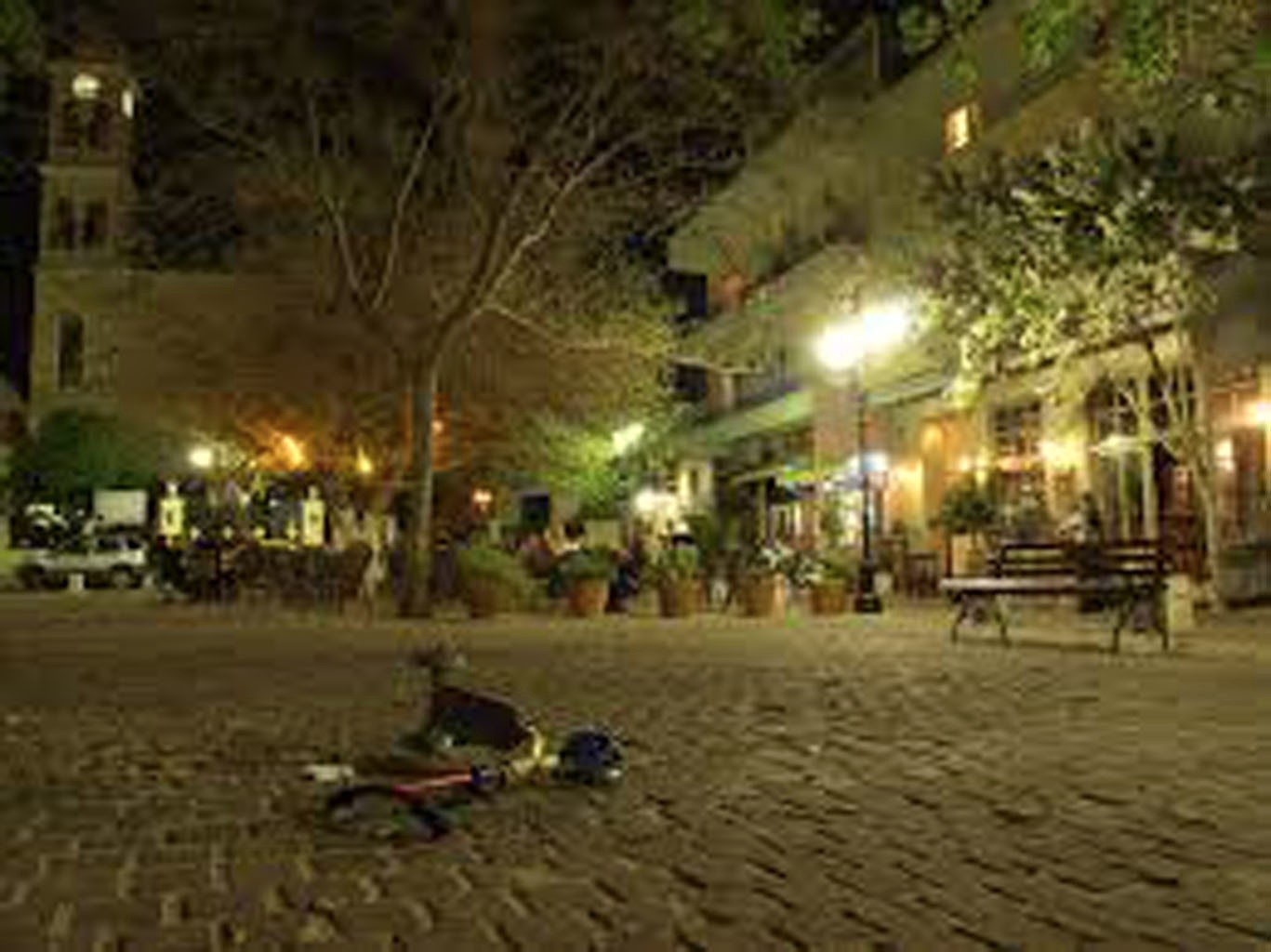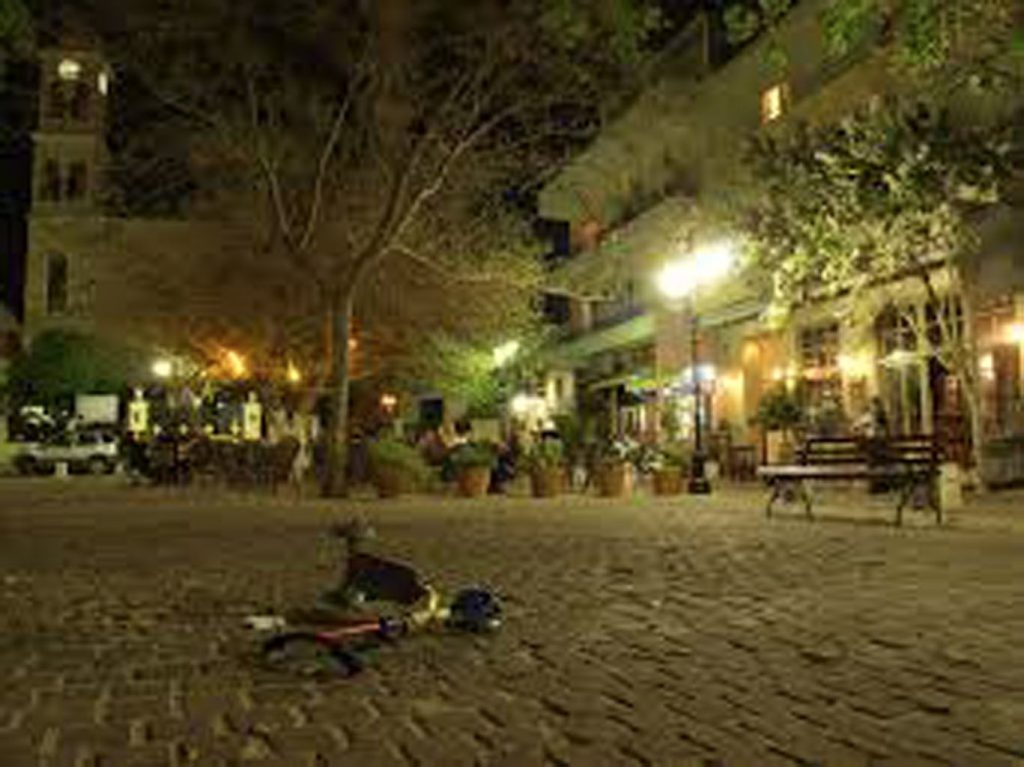Splantzia

Splantzia during the Ottoman era was predominantly a Turkish neighborhood. It extends south and east of the walled hill of Kasteli, in the old town of Chania. Here used to be the Turkish mahalas of the town, with its central square, that has now been renamed to 1821 square.
At that time, the church of Agios Nicholas on Splantzia square, part of the monastery of Dominican monks, is converted into the central mosque of the city, in honor of the Sultan Ibrahim. It is the only temple in Greece today, that has both a belfry and a minaret. On the northwestern side of Splantzia is the Venetian church of San Rocco, a round floor plan Venetian church, that was unaffected by the Ottoman Empire and the subsequent periods.
In the center of Splantzia stands a huge plane tree. Underneath, there was an octagon Arab kiosk, where only entities of the state, eminent beys and agas had the right to sit. On the tree of Splantzia, during the Ottoman occupation, Greek Christians were hanged, tortured and executed. In the early days of the Revolution of 1821, the Turks worried about the revolution coming to Crete, hanged the Bishop of Kissamos, Melchizedek Despotaki (19th of May 1821). The same thing happened to the deacon from Veria, Kalinikos. On the square today you will see a plaque in their memory.
Between the church of Agios Nicholas and the tree on Splantzia, there is the Turkish underground fountain surrounded by rails. The tank had the capacity to cover the needs of the city of Chania for six months.
In recent years, the district Splantzia has been fully reformed and from a poor area, with dark streets, it has been converted into one of the most popular neighborhoods. Dozens of cafes, taverns and restaurants have opened here. The area manages to bring together all the different cultures that passed from Chania.


